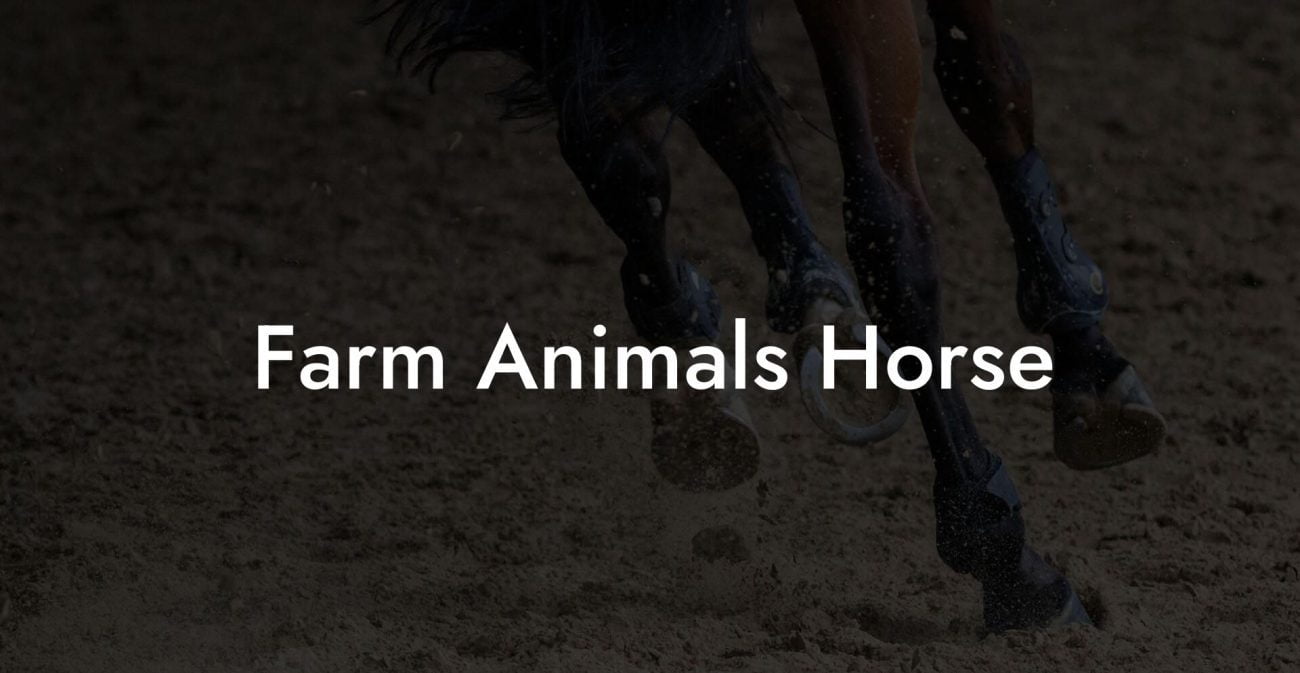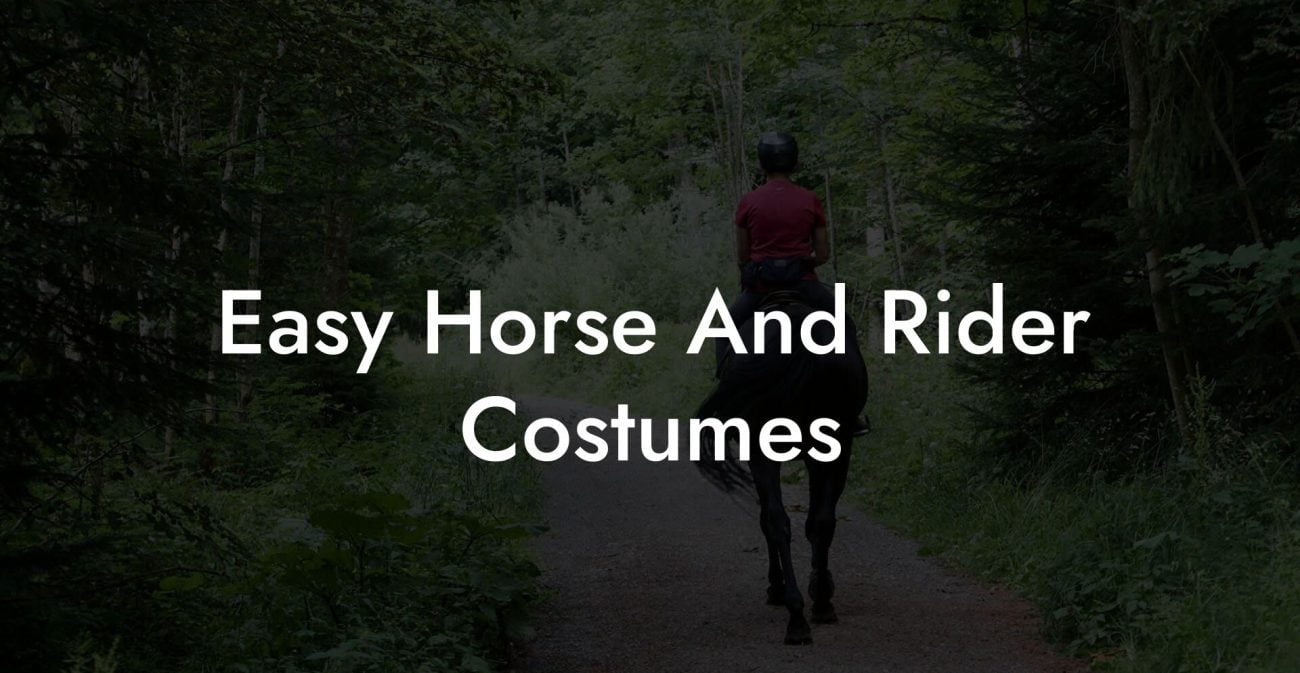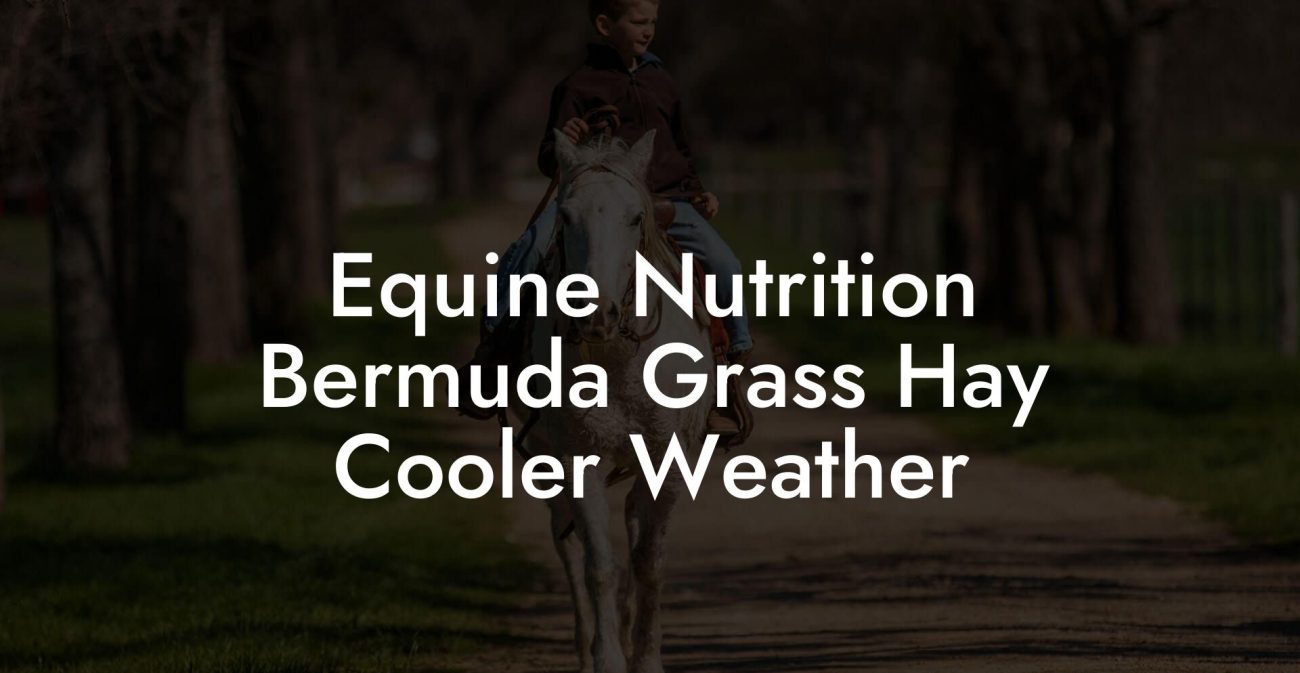Buckle up and get ready to dive into the ultimate guide on riding a Tennessee Walking Horse—a ride that’s as smooth as your favorite playlist and as full of surprises as your go-to meme feed. Whether you’re a newbie itching to learn the ropes or a seasoned equestrian looking to sharpen your skills, this comprehensive guide is your one-stop resource for mastering the art of riding and caring for these iconic horses. We’re talking hands-on riding tips, essential horse care hacks, insider equine grooming secrets, and even some wellness tricks to ensure both you and your Tennessee Walking Horse thrive.
Quick Links to Useful Sections
- The Tennessee Walking Horse: A Legacy of Smooth Gaits and Bold Personalities
- Getting Started: Preparing Yourself and Your Tennessee Walking Horse
- Essential Gear and Safety: What’s in Your Riding Arsenal?
- Riding Helmet
- Proper Riding Boots
- Riding Apparel
- Other Must-Haves
- Mastering The Basics: Techniques and Riding Tips for Beginners
- Understanding Horse Behavior: The Mind of the Tennessee Walking Horse
- Advanced Riding Techniques: Elevate Your Tennessee Walking Horse Experience
- Refining Your Seat and Balance
- Advanced Rein Handling
- Utilizing Cues and Body Language
- The Art of Training: Building a Collaborative Partnership
- Positive Reinforcement
- Creating a Training Routine
- Caring for Your Tennessee Walking Horse: Grooming, Feeding, and Health Essentials
- Grooming Rituals
- Feeding and nutrition
- Health and Veterinary Care
- Riding Etiquette and Trail Culture: Blending Tradition with Modern Cool
- Integrating Fitness and Equine Therapy: Benefits Beyond the Ride
- Resources and Community Support: Your Next Steps
- Local Riding Clubs and Associations
- Online Forums and Social Media Groups
- Workshops, Webinars, and Bootcamps
- Local Tack Shops and Equine Wellness Centers
- FAQ: Everything You Need to Know About Riding a Tennessee Walking Horse
- Your Journey to Mastering Tennessee Walking Horse Riding
The Tennessee Walking Horse: A Legacy of Smooth Gaits and Bold Personalities
Imagine a horse that practically glides across the ground, evoking the smooth rhythms of your favorite lo-fi beats. That’s the Tennessee Walking Horse for you—renowned for its mesmerizing running-walk gait, laid-back demeanor, and undeniable charm. Originating in the southern United States, these horses became famous not just for their signature walk but also for their versatility in riding, driving, and trail riding.
For riders who crave a blend of classic horsemanship and modern riding techniques, the Tennessee Walking Horse offers an experience like no other. Their gentle disposition makes them ideal for both beginners and riders seeking a low-stress yet exhilarating ride. Plus, with proper care and training, they can be your loyal companion for adventures on the trail or a chill day out on the ranch.
In our guide, we’re breaking down everything from the history and characteristics of the breed to advanced riding tips, ensuring that you’re armed with the knowledge to ride safely, confidently, and with a touch of style. Get ready to transform your riding journey into something truly epic.
Getting Started: Preparing Yourself and Your Tennessee Walking Horse
Before you even think about hopping onto a Tennessee Walking Horse’s back, preparation is key—not just in terms of riding skills, but also horse care and overall readiness. Whether you're cleaning your favorite kicks or your horse's mane, a little prep work goes a long way.
To truly appreciate this majestic breed, start with understanding the importance of horse care. Much like maintaining that flawless aesthetic on your Instagram feed, regular grooming, proper feeding, and routine health checks are essential. It’s all about balance: taking care of your horse is not merely a chore, but a well-defined ritual that deepens your bond and ensures trust between you two.
Equip yourself with the right mindset, knowledge, and gear—a combo that not only boosts your confidence but also makes the entire experience safer and way more fun.
Essential Gear and Safety: What’s in Your Riding Arsenal?
When it comes to riding a Tennessee Walking Horse, your gear is your best friend (and yeah, sometimes your saving grace). Every rider needs a lineup of essential equipment that offers both style and protection.
Riding Helmet
Safety first! Invest in a high-quality riding helmet that meets the latest safety standards. Look for features like good ventilation, secure straps, and in-your-face designs that scream “I mean business.”
Proper Riding Boots
Forget about sneakers and flip-flops—your boots need to offer support, grip, and a dash of style. Tall boots with a low heel are ideal for secure foot positioning, whether you’re trotting down a trail or showing off at a local event.
Riding Apparel
Aim for comfort and durability. Breathable fabrics, moisture-wicking properties, and flexibility are essential; because let’s be real, you want to look Instagram-ready while tackling those back trails.
Other Must-Haves
Saddle, bridle, and a well-fitted bit are non-negotiables. These pieces of gear not only ensure effective communication with your horse but also help you maintain balance and control during your rides.
Armed with the right gear, you’re well on your way to creating a safe and comfortable environment for both you and your Tennessee Walking Horse. Remember, safety isn’t just a guideline—it’s a lifestyle.
Mastering The Basics: Techniques and Riding Tips for Beginners
So, you’ve got your gear and your beautiful Tennessee Walking Horse is ready—now what? The secret to acing your riding skills lies in understanding the basics of balance, posture, and communication.
Start with the fundamentals: sitting up straight, keeping your heels down, and maintaining a relaxed grip on the reins. Think of it as finding your center in meditation, but with a horse instead of a yoga mat.
When you first mount your horse, take your time. Walk alongside until you’re ready. Familiarize yourself with the horse’s gait, watch how it moves, and let yourself merge with its rhythm. It’s kind of like syncing your Spotify playlist to your perfect vibe—everything just clicks once you're in tune.
And hey, don’t expect perfection from day one. Every champion was once a beginner, and every ride is a step towards mastering the dance with your four-legged partner.
Understanding Horse Behavior: The Mind of the Tennessee Walking Horse
Riding a Tennessee Walking Horse is not just about technique; it’s about understanding animal behavior and building trust. These horses are known for their gentle spirits and strong personalities, and learning to read their body language is key.
Horses communicate through subtle cues—a tilt of the head, a flick of an ear, or a change in gait. When your horse is relaxed, you’ll notice a balanced posture and calm eyes. But if something’s off, you might see signs of discomfort or hesitation. Recognizing these signals early can prevent issues and make your ride more enjoyable.
Spend time grooming and simply being around your horse. The more time you invest in understanding your horse’s mood, the stronger your bond will become. Trust is the foundation of great horsemanship, and in return, your horse will reward you with smooth rides and a harmonious partnership.
So, channel your inner detective and observe. Your ability to read the subtle language of your Tennessee Walking Horse will transform every ride into a captivating conversation between kindred spirits.
Advanced Riding Techniques: Elevate Your Tennessee Walking Horse Experience
Once you’ve nailed the basics, it’s time to level up your riding game. Advanced techniques not only refine your skills but also deepen the connection with your Tennessee Walking Horse. Picture this: every stride and every cue becomes an expression of trust, precision, and mutual respect.
Refining Your Seat and Balance
As you get more comfortable, focus on fine-tuning your seat. A balanced, independent seat allows you to communicate more clearly with your horse through subtle shifts in weight and position. Try incorporating exercises like posting trot and transitions in pace to build a resilient core.
Advanced Rein Handling
Mastering the art of rein control is all about finesse. Work on developing soft hands that communicate fluidly with your horse’s movements. The goal is to guide rather than force, a nuance that sets apart a great rider from a good one.
Utilizing Cues and Body Language
Your body is your instrument when riding. Use clear, subtle signals—shifts in weight, leg cues, and a gentle contact with the reins—to direct and urge your horse into the desired gait or direction. This refined form of communication can transform your ride from routine to extraordinary.
Incorporate drills and even some agility courses to challenge yourself and your horse. It’s like leveling up in your favorite video game: every new skill unlocks a whole new way to experience the ride.
The Art of Training: Building a Collaborative Partnership
Training your Tennessee Walking Horse is as much about developing trust as it is about honing riding techniques. Every session is an opportunity to build a relationship steeped in mutual respect, understanding, and, yes, a bit of fun.
Start small—practice simple commands and reward positive behavior with treats or a gentle pat. Over time, progress to more intricate routines that challenge both your horse and your skills. The aim is to transition from a teacher-student dynamic to a collaborative partnership where communication flows naturally.
Consistency is key: regular, focused sessions create a stable and predictable environment where your horse feels secure. There’s a reason the Tennessee Walking Horse is so popular—it’s a breed that thrives on routine and clear expectations. With patience and persistence, you’ll find that training becomes a creative, interactive dance.
Positive Reinforcement
Forget the old-school methods; modern horsemanship is all about positive reinforcement. Celebrate even the small wins with a reward that resonates with your horse—be it a tasty snack or a moment of praise. This approach not only boosts your horse’s confidence but also builds a foundation of trust that makes learning an absolute blast.
Creating a Training Routine
Design a training routine that mixes basic exercises with advanced maneuvers. This keeps the sessions engaging and ensures your horse remains attuned to your cues. Integrate drills that emphasize balance, agility, and responsiveness—think of it as equine CrossFit with a soulful twist.
Beyond just the physical exercises, incorporate moments of rest and gentle play. These breaks allow your horse to digest new commands while also reinforcing the idea that training is a positive, stress-free experience.
Caring for Your Tennessee Walking Horse: Grooming, Feeding, and Health Essentials
Riding a Tennessee Walking Horse isn’t only about hitting the trails—it’s also about nurturing the well-being of your magnificent partner. Top-tier horse care is the backbone of every successful ride, and getting it right means paying attention to grooming, feeding, and overall health.
Think of your horse as a living, breathing luxury car. Regular maintenance ensures peak performance and longevity, while skipping small details can lead to big problems down the road.
Grooming Rituals
Daily grooming is essential for keeping your horse’s coat shiny and healthy. Use a combination of brushes to remove dust and tangles, and don’t forget to give special attention to the legs and mane. Grooming sessions are also fantastic bonding moments—turn on some chill tunes, relax together, and watch your trust deepen.
Feeding and nutrition
A balanced diet is as important for your horse as your favorite avocado toast is for you. High-quality hay, grains, and supplements that support joint health and muscle recovery should be staples in your horse’s diet. Tailor the feed mix to its activity level, age, and overall health status.
Always make sure your horse has access to clean, fresh water. Hydration plays a crucial role in muscle elasticity and overall performance—something you wouldn’t skimp on when preparing for a long day of riding.
Health and Veterinary Care
Regular check-ups with a trusted equine veterinarian are non-negotiable. Vaccinations, dental care, and routine deworming are all critical elements of a comprehensive health plan for your Tennessee Walking Horse. Be proactive about spotting early signs of discomfort or illness—the sooner you address an issue, the easier it is to restore your horse’s vitality.
Additionally, invest in a good farrier to ensure hoof health and alignment. Healthy hooves mean better traction, balance, and overall performance during your rides.
Riding Etiquette and Trail Culture: Blending Tradition with Modern Cool
Riding isn’t just a personal journey—it’s also about becoming part of a vibrant, welcoming community. When you ride a Tennessee Walking Horse, you’re stepping into a rich tradition that blends the time-honored culture of horseback riding with a modern, laid-back vibe.
Whether you’re hitting open trails, joining group rides, or just enjoying a casual trot at the local stable, understanding riding etiquette is critical. Respect for other riders, maintaining safe distances, and a friendly nod from the riding ring all contribute to a positive atmosphere.
Modern riders are embracing a digital culture as well. From Instagram stories of your latest trail ride to TikTok clips capturing the smooth gait of your Tennessee Walking Horse, show off your style and invite others into the experience. Remember, riding etiquette isn’t just about technicalities—it’s about community respect and shared passion.
Integrating Fitness and Equine Therapy: Benefits Beyond the Ride
Let’s get real: riding a Tennessee Walking Horse isn’t just about looking cool on the saddle—it also offers profound physical and mental health benefits. It’s like a full-body workout combined with a soul-soothing therapy sesh.
Riding builds core strength, balance, and coordination. Every ride engages your muscles in subtle ways, transforming even a leisurely trot into a fitness session you won’t want to skip. And it’s not just your body that benefits—the rhythmic motion and outdoor surroundings elevate mood, reduce stress, and clear your mind.
Beyond the physical, horsemanship offers a unique form of equine therapy. The bond you share with your walker's every move becomes a moving meditation—a mix of endorphins, mindfulness, and the joy of simply being present. It’s the perfect crossover between adventure and therapy, making your time on horseback an experience that rejuvenates both the body and the spirit.
Resources and Community Support: Your Next Steps
Ready to dive even deeper? The world of Tennessee Walking Horses is full of resources, passionate communities, and endless learning opportunities. Here’s where you can plug in and supercharge your horsemanship skills:
Local Riding Clubs and Associations
Joining a local riding club or association can introduce you to a network of like-minded equestrians. Get hands-on training, share your experiences, and gain insights from veterans who know the ins and outs of riding Tennessee Walking Horses. These communities often host events, clinics, and group rides that add a social twist to your riding journey.
Online Forums and Social Media Groups
The internet is teeming with online communities dedicated to horse riding and care. Platforms like Facebook, Instagram, Reddit, and even TikTok are brimming with groups where you can swap tips, showcase your progress, and laugh over relatable riding mishaps. Use hashtags like #TennesseeWalkingHorse, #EquineAdventures, and #HorseLife to find your tribe.
Workshops, Webinars, and Bootcamps
If you’re looking for a deep dive, consider signing up for workshops and webinars that focus on riding techniques, horse care, and equine wellness. Many top-tier instructors and seasoned trainers share their secrets in short courses that are both informative and interactive.
Local Tack Shops and Equine Wellness Centers
Your local tack shop is not just a shopping destination—it’s a hub of information, advice, and community events. Equine wellness centers often offer regular clinics on everything from proper grooming techniques to cutting-edge training methods for Tennessee Walking Horses.
As you explore these resources, remember that the heart of equestrian life is all about passion, connection, and continuous learning. Whether you’re perfecting your riding stance or assembling the perfect grooming kit, surround yourself with people and information that fuel your journey.
FAQ: Everything You Need to Know About Riding a Tennessee Walking Horse
We’ve compiled answers to some of the most frequently asked questions about riding and caring for Tennessee Walking Horses. Whether you’re curious about technique, gear, or horse care, check out these FAQs for quick, insightful answers.
1. What makes the Tennessee Walking Horse unique?
The Tennessee Walking Horse is celebrated for its smooth, four-beat running-walk gait, making it an excellent choice for riders seeking a comfortable and graceful ride. Their gentle nature and versatility also make them popular for various equestrian activities.
2. What essential gear should I invest in as a beginner?
Starting with a quality riding helmet, appropriate boots, a well-fitted saddle, and proper riding attire are key. Investing in these essentials ensures both safety and comfort as you learn the ropes.
3. How do I know when I’m ready to advance beyond basic riding techniques?
When you feel confident with mounting, maintaining balance, and communicating effectively with your horse using basic cues, it’s a great time to incorporate more advanced techniques, such as refined seat work and subtle rein control.
4. How often should I groom my Tennessee Walking Horse?
Daily grooming is ideal to keep your horse’s coat shiny and healthy. Regular routines help with circulation, build trust, and offer quality bonding time with your equine partner.
5. What are some common mistakes beginners make?
Beginners often grip the reins too tightly or neglect the importance of non-verbal communication. Focusing on relaxed, balanced riding and paying attention to your horse’s body language can help overcome these pitfalls.
6. How do I create a training routine that works?
Start with short, focused sessions that mix basic exercises with periods of rest. Consistency, positive reinforcement, and gradually increasing complexity are key to a successful training routine.
7. Can I ride on my own, or should I always have an instructor?
While solo riding can be rewarding once you’re confident, working with an instructor early on ensures that you learn the correct techniques and develop a safe riding foundation.
8. What nutritional tips are important for my horse?
A diet rich in high-quality hay, proper supplements, and fresh water is crucial. Adjust nutritional plans based on your horse’s activity level, age, and overall health.
9. Are there online communities I can join to learn more?
Absolutely—social media, online forums, and riding clubs are great places to connect with fellow enthusiasts. Use hashtags such as #TennesseeWalkingHorse and #HorseRidingTips to find communities that share your passion.
10. What are the benefits of riding regularly?
Regular riding enhances your core strength, balance, and coordination, while also offering mental clarity, stress relief, and a deep sense of connection with your horse.
Your Journey to Mastering Tennessee Walking Horse Riding
Embarking on the adventure of riding a Tennessee Walking Horse is not just about learning a skill—it’s about embracing a lifestyle steeped in heritage, passion, and community. With every ride, you uncover layers of equine wisdom combined with modern techniques that bring out the best in both you and your horse.
Remember, every moment in the saddle is an opportunity to deepen a bond, refine your balance, and still feel that thrilling rush of freedom. The smooth gait of your Tennessee Walking Horse is your ticket to exploring scenic trails, capturing unforgettable selfies, and discovering a newfound confidence that radiates on and off the trail.
Your journey won’t always be flawless—there will be bumps along the way, both literal and metaphorical. But each challenge is a stepping stone toward becoming a better rider, a more empathetic horse caretaker, and a part of a passionate community that celebrates the art of riding.
Embrace the adventure, lean into the learning process, and always remember: riding is not just a mode of transport, but a way of life. So saddle up, trust your instincts, and ride on to infinite horizons and endless possibilities.













